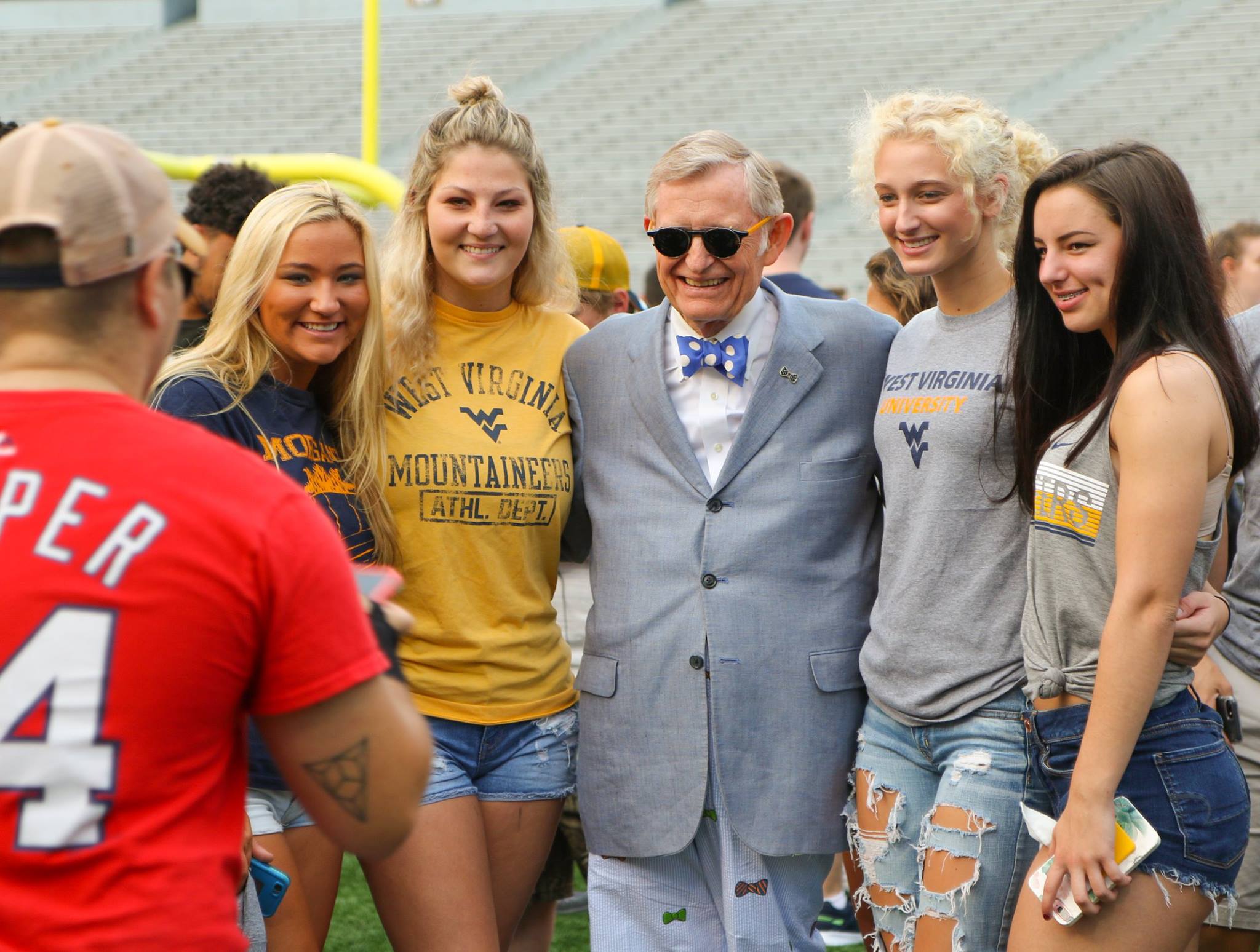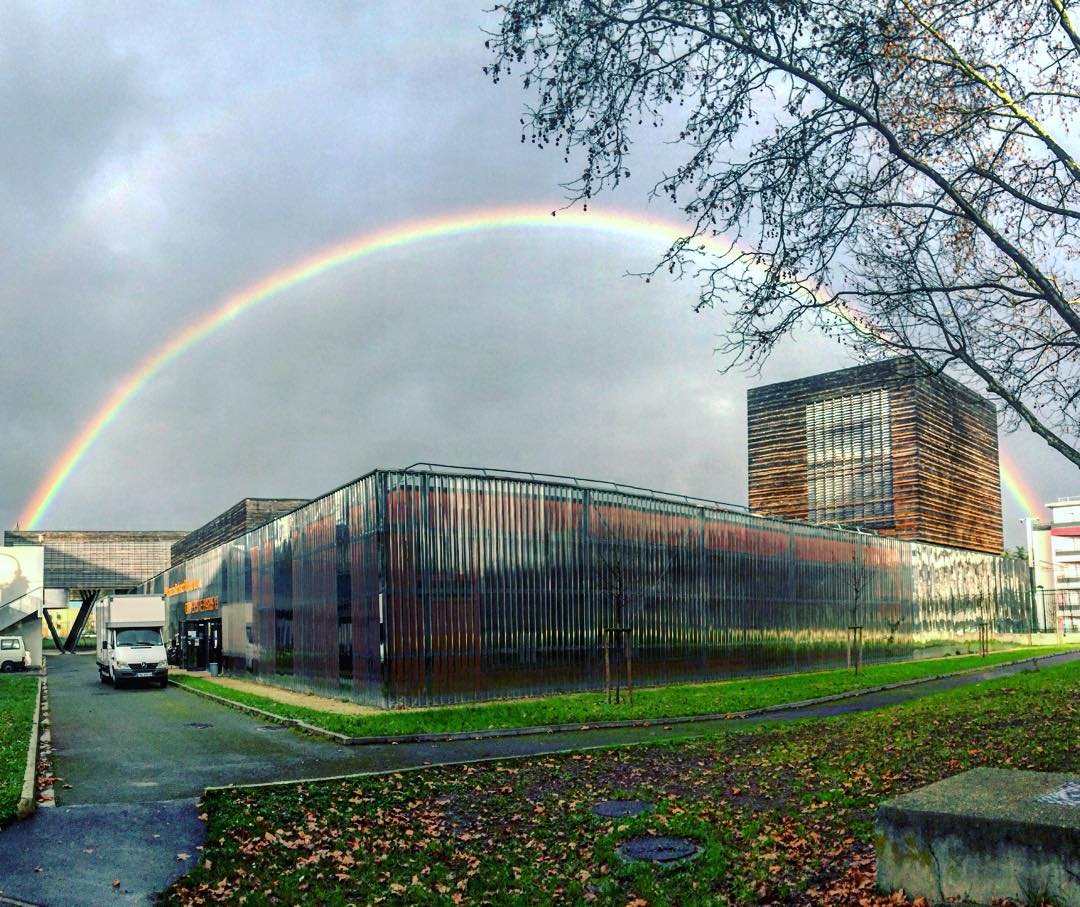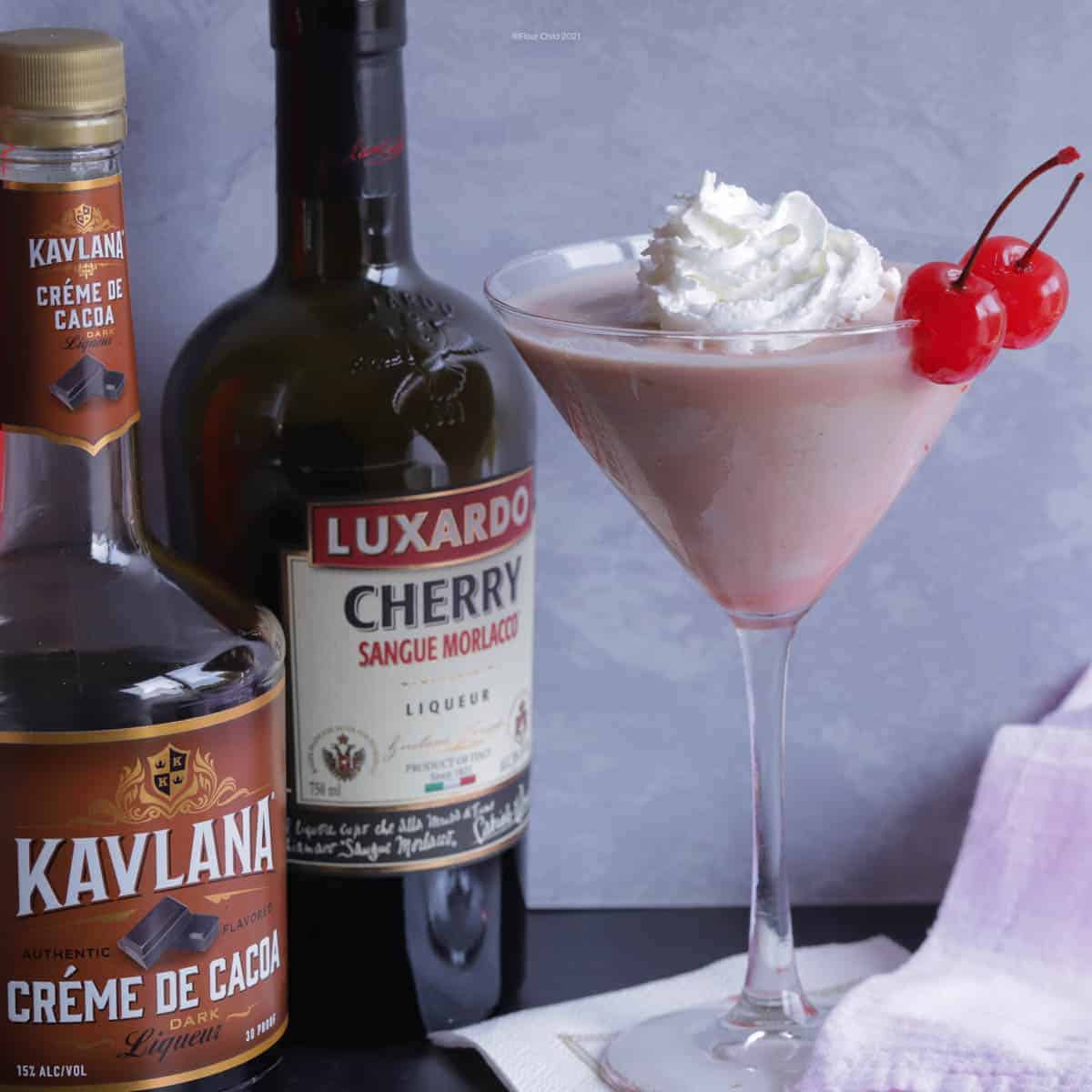Best Practice for Educational Institutions & Facilities
- Home Page 101

Fruit Smoothie
West Virginia University Financial Statement 2022 | $1.178M
The WVU Extension is a primary outreach division of West Virginia University. With offices in each of the state’s 55 counties, Extension faculty and staff develop and deliver programs in leadership development, rural and community-based economic development, youth development, workforce development, and health education.
Ingredients
3 cups frozen strawberries or other frozen fruit
1 banana
1 cup yogurt (plain or vanilla)
1 handful spinach or kale
2 cups of milk
Directions
Wash fresh produce.
Collect and measure all ingredients before starting recipe.
Add the fruit, yogurt and greens to the blender.
Pour the milk into the blender.
Blend 30 to 45 second until smooth.
Refrigerate leftovers within two hours, and finish within two days.
Nutrition information per serving (recipe makes six one-cup servings):
Calories — 120; fat — 2g; carbohydrates — 21g; fiber — 2g; protein — 5g
This conversation was recorded in April 2024 at the Royal Institute of Great Britain in London. An edited version was premiered at Sana AI Summit on May 15 2024 in Stockholm, Sweden.
Geoffrey Hinton has been called “the godfather of AI” and is considered one of the most prominent thought leaders on the emergence of artificial intelligence. He has served as a faculty member at Carnegie-Mellon and a fellow of the Canadian Institute for Advanced Research. He is now Emeritus Professor at the University of Toronto. In 2023, Geoffrey left his position at Google so that he could speak freely about AI’s impact on humankind.
Fun fact: University Park is located right next to Smoothie King! 🥤 pic.twitter.com/Gmrlb2nKPb
— WVU University Apartments (@WvuApartments) September 15, 2023
Students living off campus can purchase Go plans, or any of our Prime and Dining Dollars-only plans that are available to be used at all of our retail or residential dining locations on campus.
Read about all of our plans here! ⬇️https://t.co/TxouPEuFTl pic.twitter.com/8Ga5pKADAk
— WVU Dining (@WVUDining) March 10, 2022
National Economics Challenge
https://www.councilforeconed.org/programs/for-students/national-economic-challenge/
District 26
https://www.congress.gov/member/district/brandon-gill/G000603
I’m proud to stand with @Riley_Gaines_
Men don’t belong in Women’s sports pic.twitter.com/ABCSOUfnNj
— Danielle D’Souza Gill (@danielledsouzag) June 7, 2025
Canadian Electrical Code
This content is accessible to paid subscribers. To view it please enter your password below or send mike@standardsmichigan.com a request for subscription details.
Use Case: Julia Programming Language for Artificial Intelligence
Julia is a programming language that has gained popularity in the field of artificial intelligence (AI) and scientific computing for several reasons.
High Performance: Julia is designed to be a high-performance language, often compared to languages like C and Fortran. It achieves this performance through just-in-time (JIT) compilation, allowing it to execute code at speeds close to statically compiled languages. This makes Julia well-suited for computationally intensive AI tasks such as numerical simulations and deep learning.
Ease of Use: Julia is designed with a clean and expressive syntax that is easy to read and write. It feels similar to other high-level languages like Python, making it accessible to developers with a background in Python or other scripting languages.
Multiple Dispatch: Julia’s multiple dispatch system allows functions to be specialized on the types of all their arguments, leading to more generic and efficient code. This feature is particularly useful when dealing with complex data types and polymorphic behavior, which is common in AI and scientific computing.
Rich Ecosystem: Julia has a growing ecosystem of packages and libraries for AI and scientific computing. Libraries like Flux.jl for deep learning, MLJ.jl for machine learning, and DifferentialEquations.jl for solving differential equations make it a powerful choice for AI researchers and practitioners.
Interoperability: Julia offers excellent interoperability with other languages, such as Python, C, and Fortran. This means you can leverage existing code written in these languages and seamlessly integrate it into your Julia AI projects.
Open Source: Julia is an open-source language, which means it is freely available and has an active community of developers and users. This makes it easy to find resources, documentation, and community support for your AI projects.
Parallel and Distributed Computing: Julia has built-in support for parallel and distributed computing, making it well-suited for tasks that require scaling across multiple cores or distributed computing clusters. This is beneficial for large-scale AI projects and simulations.
Interactive Development: Julia’s REPL (Read-Eval-Print Loop) and notebook support make it an excellent choice for interactive data analysis and experimentation, which are common in AI research and development.
While Julia has many advantages for AI applications, it’s important to note that its popularity and ecosystem continue to grow, so some specialized AI libraries or tools may still be more mature in other languages like Python. Therefore, the choice of programming language should also consider the specific requirements and constraints of your AI project, as well as the availability of libraries and expertise in your development team.
We present a use case below:
A Julia Module for Polynomial Optimization with Complex Variables applied to Optimal Power Flow
Julie Sliwak – Lucas Létocart | Université Sorbonne Paris Nord
Manuel Ruiz | RTE R&D, Paris La Défense
Miguel F. Anjos | University of Edinburgh
ABSTRACT. Many optimization problems in power transmission networks can be formulated as polynomial problems with complex variables. A polynomial optimization problem with complex variables consists in optimizing a real-valued polynomial whose variables and coefficients are complex numbers subject to some complex polynomial equality or inequality constraints. These problems are usually directly expressed with real variables. In this work, we propose a Julia module allowing the representation of polynomial problems in their original complex formulation. This module is applied to power system optimization and its generic design enables the description of several variants of power system problems. Results for the Optimal Power Flow in Alternating Current problem and for the Preventive-Security Constrained Optimal Power Flow problem are presented.
CLICK HERE to order complete paper
Second Empire
This content is accessible to paid subscribers. To view it please enter your password below or send mike@standardsmichigan.com a request for subscription details.
New update alert! The 2022 update to the Trademark Assignment Dataset is now available online. Find 1.29 million trademark assignments, involving 2.28 million unique trademark properties issued by the USPTO between March 1952 and January 2023: https://t.co/njrDAbSpwB pic.twitter.com/GkAXrHoQ9T
— USPTO (@uspto) July 13, 2023
Standards Michigan Group, LLC
2723 South State Street | Suite 150
Ann Arbor, MI 48104 USA
888-746-3670

















